Case Study:
Upgrading a Fortune 500 Med-Tech Company’s
Legacy System
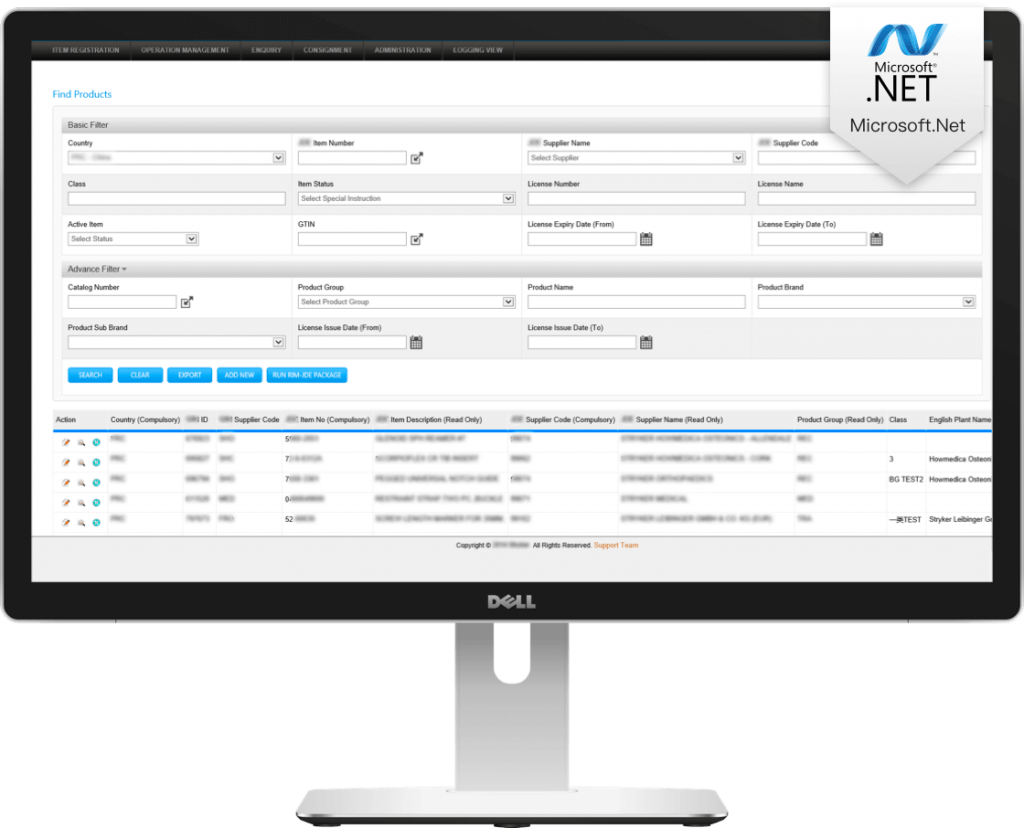
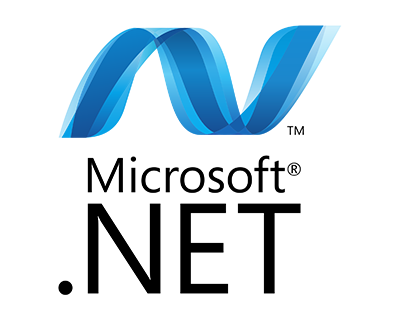
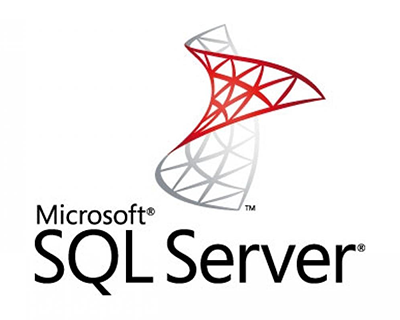
Legacy System Upgrade - Introduction
A Two-phase Legacy System Migration and Upgrade
-
Phase 1 – review, report and migrate the legacy systems
-
Phase 2 – add features that improve the client’s efficiency
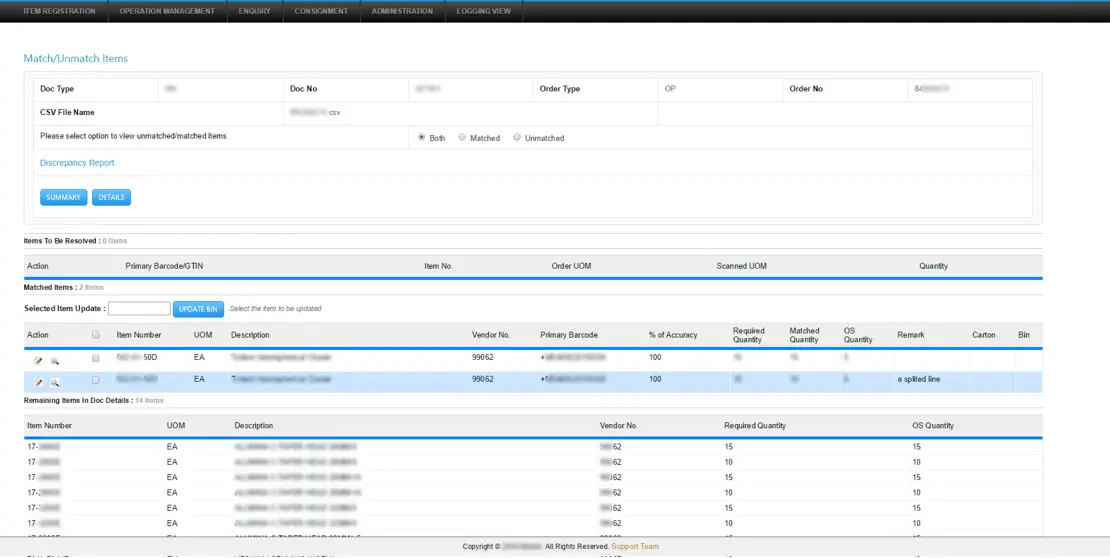
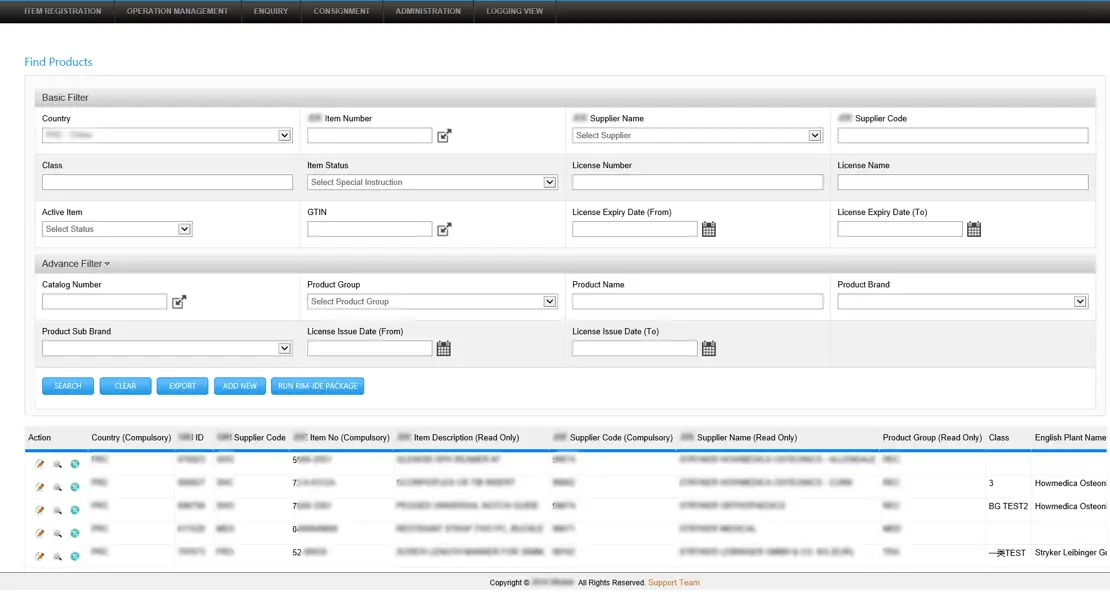
The Result – an Updated Legacy System Following the Latest Regulations
- registration management for markets in different countries;
- inventory management module, connected with partners’ systems and clients’ ERP;
- label generation and labeling for all products.
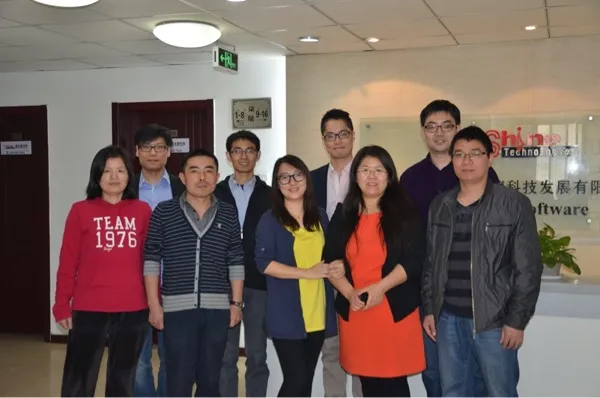
First Group Meeting
The client flew to meet the whole team in our Beijing office for a 1 week product workshop.
The Team

Richard has amassed over ten years of experience in software development and acted as the BA for this project. His knowledge, character, and expertise are beneficial when ensuring that all business requirements are met on time. He also provides excellent help with team formation and is a very vocal advocate for the client.

Ted is a core team member, and he worked on several projects for this client in the past. He helped to deliver all projects successfully under a very tight and strict schedule.

Justin is a technical generalist, and he can quickly resolve various obstacles that projects come up against. He is very detail-oriented and champions accuracy and quality.


Richard has amassed over ten years of experience in software development and acted as the BA for this project. His knowledge, character, and expertise are beneficial when ensuring that all business requirements are met on time. He also provides excellent help with team formation and is a very vocal advocate for the client.

Ted is a core team member, and he worked on several projects for this client in the past. He helped to deliver all projects successfully under a very tight and strict schedule.

Justin is a technical generalist, and he can quickly resolve various obstacles that projects come up against. He is very detail-oriented and champions accuracy and quality.

Contact Us to Start Free Trial
We aim to reply as soon as we can. Instant reply? Call us now.



